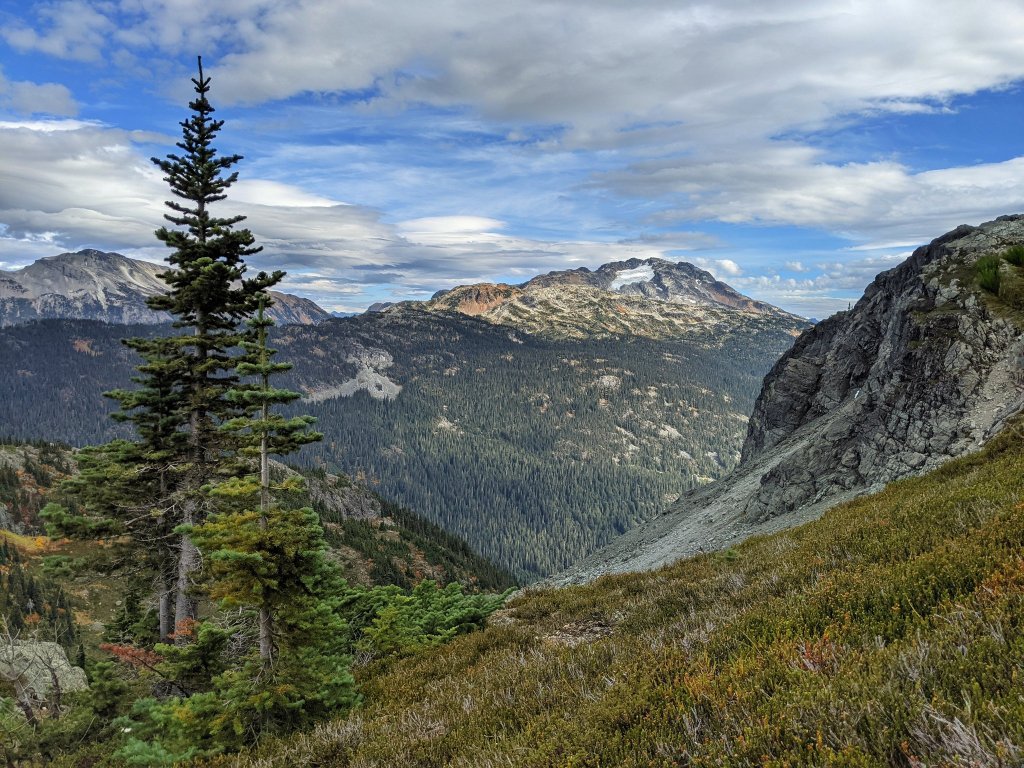I went on vacation in Sḵwx̱wú7mesh (Squamish), Tla-o-qui-aht Sound (Tofino) and Yuułuʔiłʔatḥ (Ucluelet) almost two years ago. It goes without saying, but there’s nothing like the west coast of Canada. Rocky mountains and misty forests at the edge of the continent make for some amazing ecosystems and small town experiences.




I loved it. It’s quite different from the southern Ontario metroscapes we’re used to. But I had to wonder: is it the geography alone that makes it special?
Me and a fellow Ontarian met up with our two other former roommates at their hometown, at the north end of Átl’ḵa7tsem (Howe Sound), a recently designated UNESCO Biosphere Reserve. They definitely “live the west coast life.” Camping, hiking in the mountains, climbing rock faces, driving forestry roads. The Rockies, glaciers, rivers and coastlines are their playground. And while technology is an aid, lots of it is done on the basis of paper guides, trodden footpaths, and advice from other locals.
But “the west coast life,” or even a west coast vacation, doesn’t have to be all that extreme. There’s scaled-down accessible camping, hiking and tourist attractions for less able-bodied folks, and everything in between. The key is it’s there, with the necessary access, infrastructure and wayfinding. The need for this is driven by demand by BC residents who want to take part in this stuff, and business that rely on the tourism.
Back in southern Ontario, it doesn’t look the same. Some of it can be chalked up to not having mountains, but another chunk of it is a lack of investment. Tourism in this part of the country feels like a series of destinations to go eat and buy stuff, all linked by our 400 series highways and ONroutes. The tourism website also does a great job of pointing to other destinations like provincial parks or conservation areas. But it’s all so disconnected and sparse.




What is lacking is adequate recreational supply, the trails, access points or wayfinding to explore them, as well as connecting them in a cohesive network. To frame it another way, there’s a lack of ambition to invest in this stuff.
I always like to point to Hamilton’s waterfalls as a great example. There’s a number of waterfalls along Hamilton’s escarpment, but you likely have only heard of the big ones: Albion, Devil’s Punchbowl, etc. Even those ones are lacking adequate and satisfying view points, and a provincial government that actively steps in to obstruct improvements. There’s no plan to improve access to some of the lesser known and inaccessible ones, or the wayfinding to find them. Nor is there enough support for complementary uses like camping / cottaging, biking, or cafes.




That’s super frustrating when we just got through a pandemic that really emphasized how much we need public space. Making better public spaces and complementing it with nearby tourism destinations would be a ticket to increasing the tourism sector in southern Ontario.
Capture a peak? We’ve got a sizable hill in Kitchener monopolized by mountain bikers. Camping near a river? We got chunks of public land flanking big ones. Sightseeing along the Great Lakes? We’ve got a national model of a park reserve system we can follow. Beholding some fantastic waterfalls? We have knowledgeable public and nonprofit groups eager to increase access.
The west coast has shown me how you can make natural space tourist attractions and a backyard of fun for residents. I wish we could leverage it half as good as they do out there.
